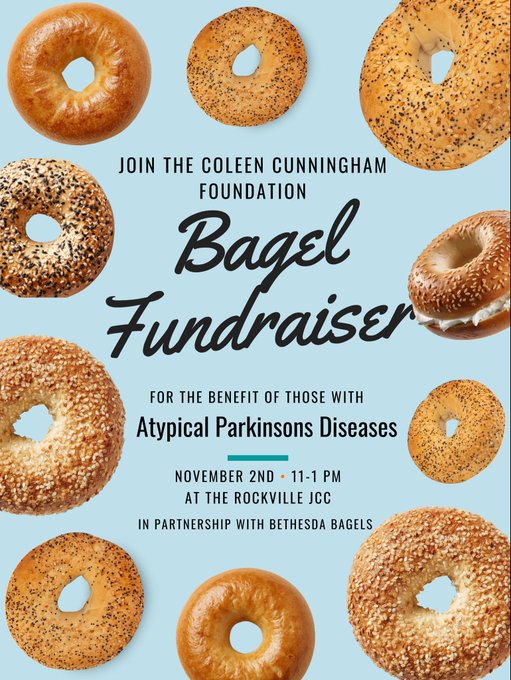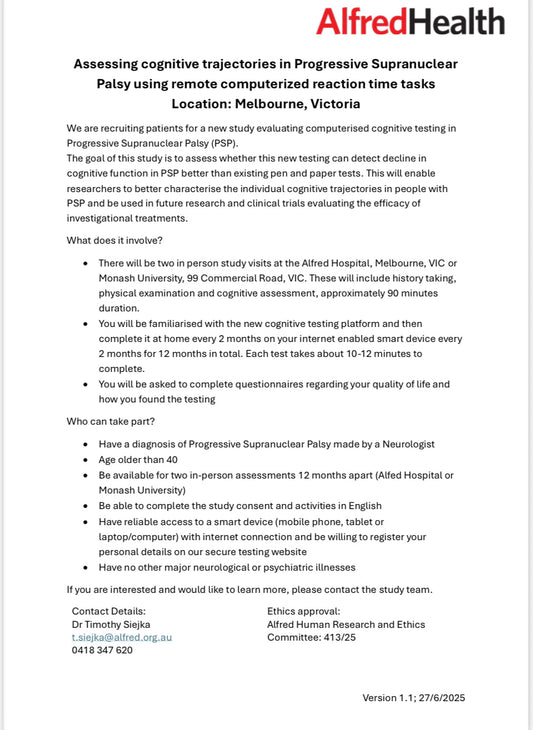Dementia with Lewy Bodies (DLB), sometimes called Lewy Body Dementia, is a progressive neurodegenerative disorder characterized by abnormal protein deposits (Lewy bodies) in the brain. It’s the second most common type of dementia after Alzheimer’s disease and shares features with both Alzheimer’s and Parkinson’s. This article provides an overview of DLB, its symptoms, and practical tips for managing the condition.
Quick Facts About DLB
- DLB is caused by the buildup of alpha-synuclein protein in Lewy bodies, affecting brain areas involved in thinking, movement, and behavior [1].
- It accounts for about 10-15% of all dementia cases, with an estimated prevalence of 100 to 130 per 100,000 people in older populations [2].
- The average age of onset is between 50 and 85, with most cases diagnosed after age 65 [3].
- DLB is often misdiagnosed as Alzheimer’s or Parkinson’s due to overlapping symptoms, but it has distinct features like hallucinations and fluctuating cognition [4].
- Life expectancy after diagnosis typically ranges from 5 to 8 years, though this varies widely [5].
Common Symptoms of DLB
DLB symptoms affect cognition, movement, and behavior, often fluctuating in severity. Key signs include:
- Cognitive Impairment: Memory loss, confusion, and difficulty with planning or problem-solving, often varying day-to-day [6].
- Visual Hallucinations: Seeing things that aren’t there (e.g., people or animals), occurring in up to 80% of cases and often detailed and vivid [7].
- Movement Problems: Stiffness, tremors, and slow movements (parkinsonism), similar to Parkinson’s disease, appearing in about 70% of patients [8].
- Sleep Disturbances: REM sleep behavior disorder (acting out dreams), excessive daytime sleepiness, or insomnia [9].
- Autonomic Dysfunction: Low blood pressure, constipation, or urinary incontinence, reflecting nervous system involvement [10].
Tips for Managing DLB
There’s no cure for DLB, but strategies can help manage symptoms and support patients and caregivers:
- Get Expert Diagnosis: See a neurologist or dementia specialist, as DLB requires specific tests (e.g., brain scans) to distinguish it from other conditions.
- Manage Hallucinations: Avoid arguing about what’s seen; instead, provide reassurance and adjust lighting or environment to reduce triggers.
- Support Mobility: Use physical therapy or assistive devices (e.g., walkers) for parkinsonism, and clear hazards to prevent falls.
- Address Sleep Issues: Consult a sleep specialist for REM sleep behavior disorder; safety measures like bed padding can reduce injury risk.
- Medication Caution: Work with a doctor, as some Parkinson’s drugs may help movement but worsen hallucinations, and antipsychotics can be risky in DLB.
Dementia with Lewy Bodies is a complex condition blending cognitive decline, movement challenges, and unique features like hallucinations. Early identification of its fluctuating nature and sleep disturbances can improve care. If DLB is suspected, specialized evaluation and tailored strategies are essential for enhancing quality of life.
Sources
- National Institute on Aging (NIA) - Lewy Body Dementia Overview
- Lewy Body Dementia Association (LBDA) - DLB Prevalence
- Mayo Clinic - Dementia with Lewy Bodies Overview
- Alzheimer’s Association - Lewy Body Dementia Diagnosis
- National Organization for Rare Disorders (NORD) - Lewy Body Dementia
- Cleveland Clinic - DLB Cognitive Symptoms
- Johns Hopkins Medicine - DLB Hallucinations
- Parkinson’s Foundation - DLB Movement Symptoms
- Sleep Foundation - REM Sleep Behavior Disorder in DLB
- Movement Disorders Society - DLB Autonomic Features
Disclaimer
The information provided in this article is intended for educational and informational purposes only. It is not a substitute for professional medical advice, diagnosis, or treatment. The facts, symptoms, and tips presented are based on general knowledge and reputable sources available as of the posting date. They may not reflect the latest research or individual variations in disease presentation and progression.
Every person’s experience with these conditions is unique. Symptoms, outcomes, and management strategies may differ. Always consult a qualified healthcare professional, such as a neurologist or specialist, for personalized guidance tailored to your specific situation. The sources cited aim to ensure transparency and credibility; however, websites and their content may change over time, and accessibility is not guaranteed.
The author and publisher of this article are not liable for any errors, omissions, or consequences arising from the use of this information. Reliance on this content is at your own risk. If you suspect you or a loved one may have one of these conditions, seek prompt medical evaluation from a licensed provider.


 Donate
Donate



